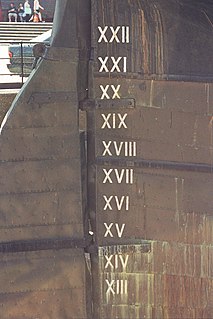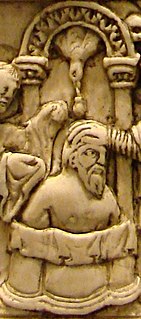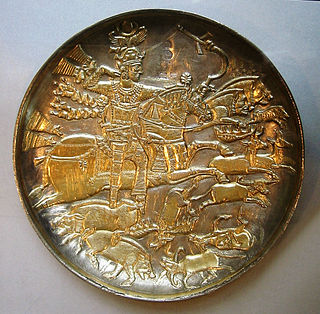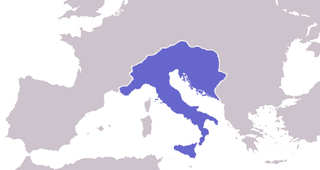This article does not cite any sources .(October 2017) (Learn how and when to remove this template message) |
| Millennium: | 1st millennium |
|---|---|
| Centuries: | |
| Decades: | |
| Years: |
| 509 by topic |
|---|
| Leaders |
| Categories |
| Gregorian calendar | 509 DIX |
| Ab urbe condita | 1262 |
| Assyrian calendar | 5259 |
| Balinese saka calendar | 430–431 |
| Bengali calendar | −84 |
| Berber calendar | 1459 |
| Buddhist calendar | 1053 |
| Burmese calendar | −129 |
| Byzantine calendar | 6017–6018 |
| Chinese calendar | 戊子年 (Earth Rat) 3205 or 3145 — to — 己丑年 (Earth Ox) 3206 or 3146 |
| Coptic calendar | 225–226 |
| Discordian calendar | 1675 |
| Ethiopian calendar | 501–502 |
| Hebrew calendar | 4269–4270 |
| Hindu calendars | |
| - Vikram Samvat | 565–566 |
| - Shaka Samvat | 430–431 |
| - Kali Yuga | 3609–3610 |
| Holocene calendar | 10509 |
| Iranian calendar | 113 BP – 112 BP |
| Islamic calendar | 117 BH – 115 BH |
| Javanese calendar | 395–396 |
| Julian calendar | 509 DIX |
| Korean calendar | 2842 |
| Minguo calendar | 1403 before ROC 民前1403年 |
| Nanakshahi calendar | −959 |
| Seleucid era | 820/821 AG |
| Thai solar calendar | 1051–1052 |
| Tibetan calendar | 阳土鼠年 (male Earth-Rat) 635 or 254 or −518 — to — 阴土牛年 (female Earth-Ox) 636 or 255 or −517 |
| Wikimedia Commons has media related to 509 . |

Year 509 ( DIX ) was a common year starting on Thursday (link will display the full calendar) of the Julian calendar. At the time, it was known as the Year of the Consulship of Inportunus without colleague (or, less frequently, year 1262 Ab urbe condita ). The denomination 509 for this year has been used since the early medieval period, when the Anno Domini calendar era became the prevalent method in Europe for naming years.

The numeric system represented by Roman numerals originated in ancient Rome and remained the usual way of writing numbers throughout Europe well into the Late Middle Ages. Numbers in this system are represented by combinations of letters from the Latin alphabet. Roman numerals, as used today, employ seven symbols, each with a fixed integer value, as follows:
A common year starting on Thursday is any non-leap year that begins on Thursday, 1 January, and ends on Thursday, 31 December. Its dominical letter hence is D. The most recent year of such kind was 2015 and the next one will be 2026 in the Gregorian calendar or, likewise, 2010 and 2021 in the obsolete Julian calendar, see below for more. This common year contains the most Friday the 13ths; specifically, the months of February, March, and November. Leap years starting on Sunday share this characteristic. From February until March in this type of year is also the shortest period that occurs within a Friday the 13th.
The Julian calendar, proposed by Julius Caesar in 46 BC, was a reform of the Roman calendar. It took effect on 1 January 45 BC, by edict. It was the predominant calendar in the Roman world, most of Europe, and in European settlements in the Americas and elsewhere, until it was refined and gradually replaced by the Gregorian calendar, promulgated in 1582 by Pope Gregory XIII.





















